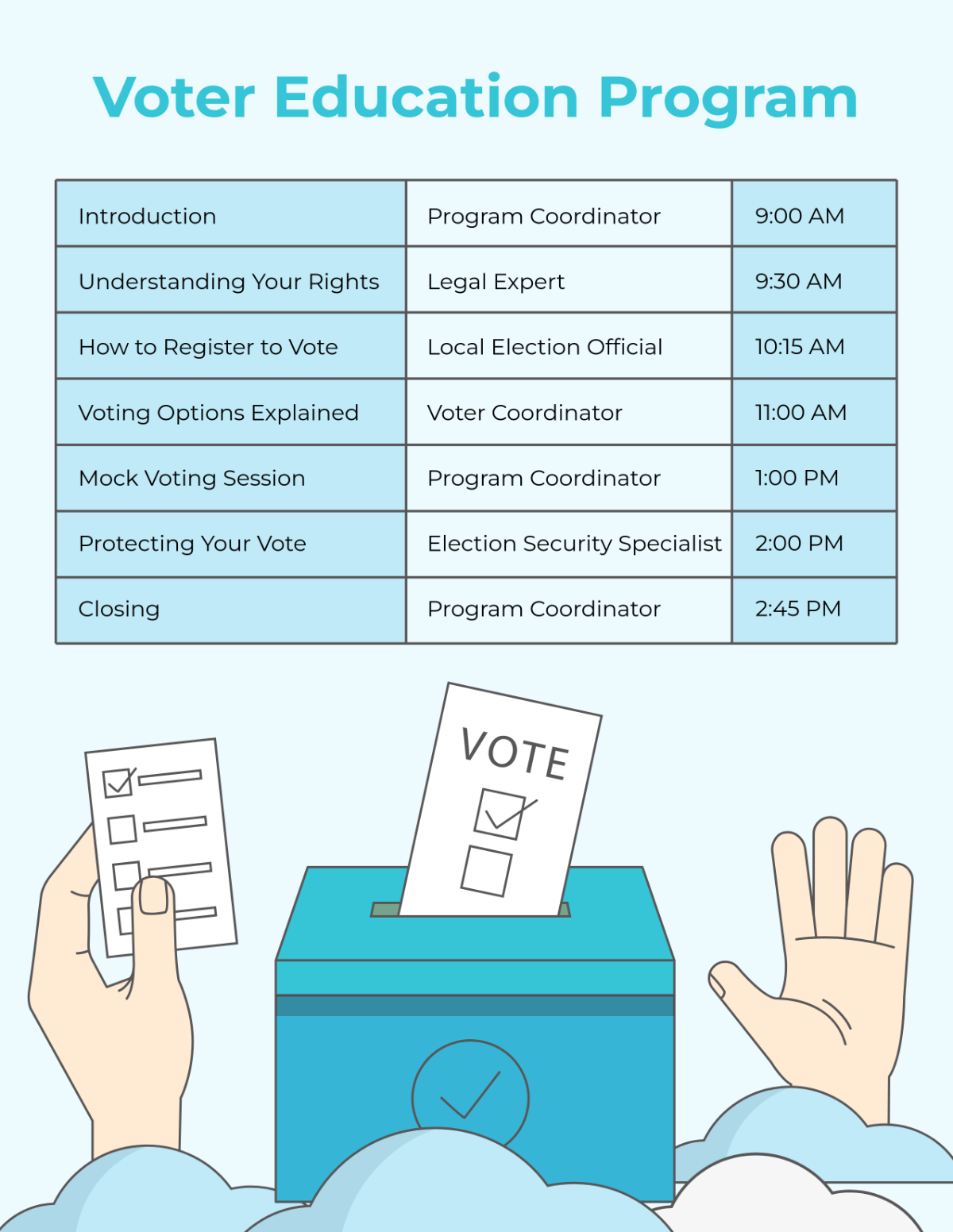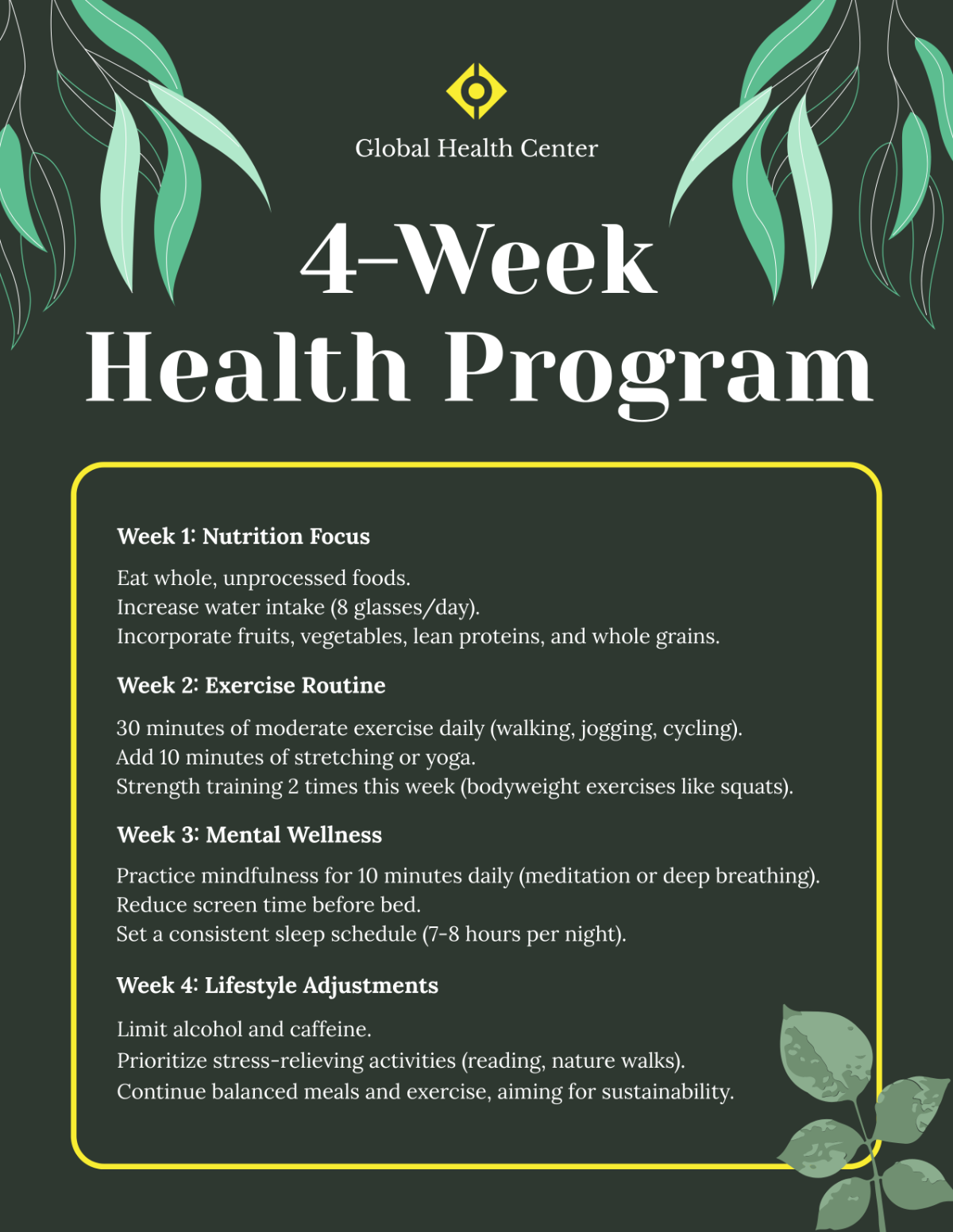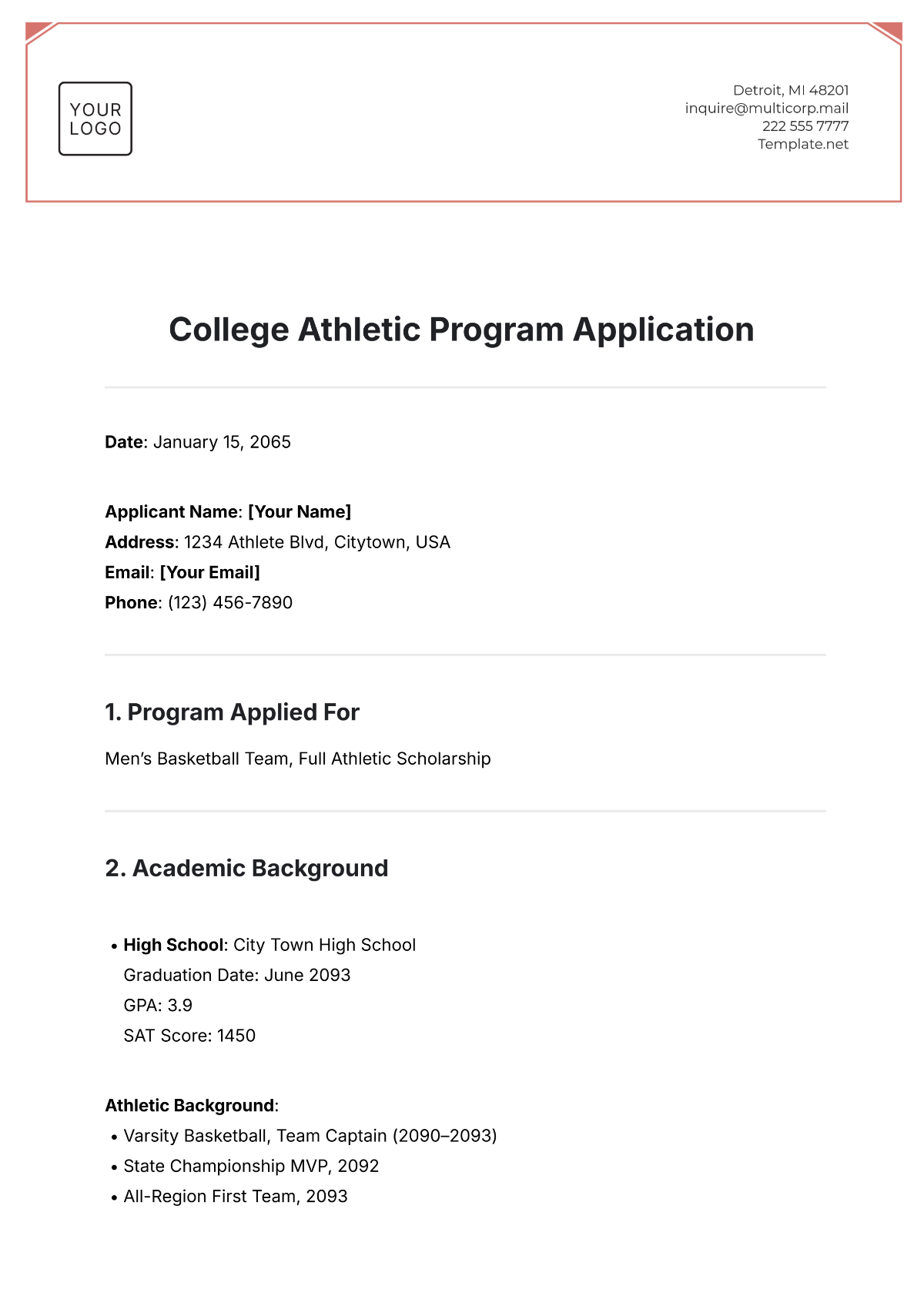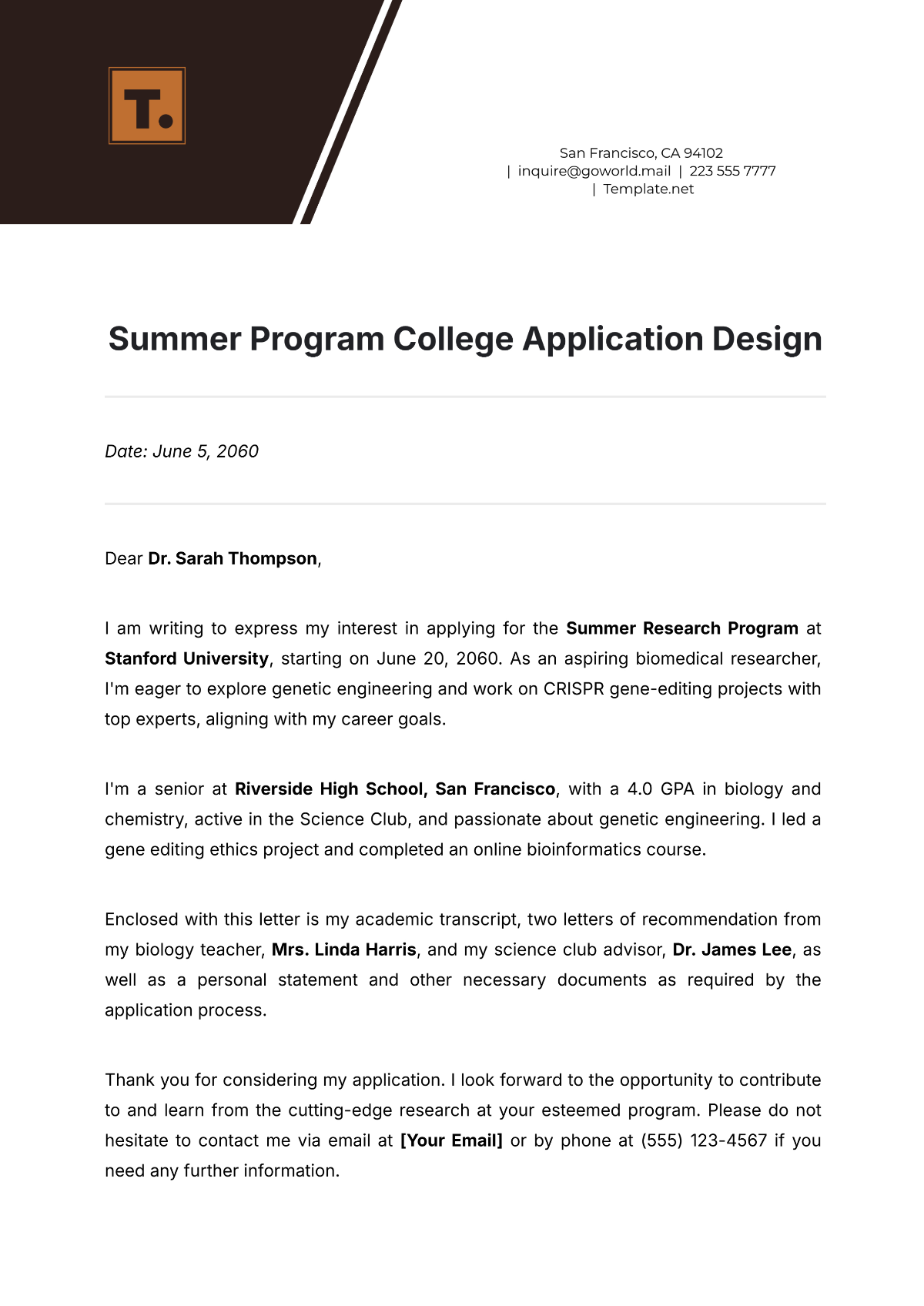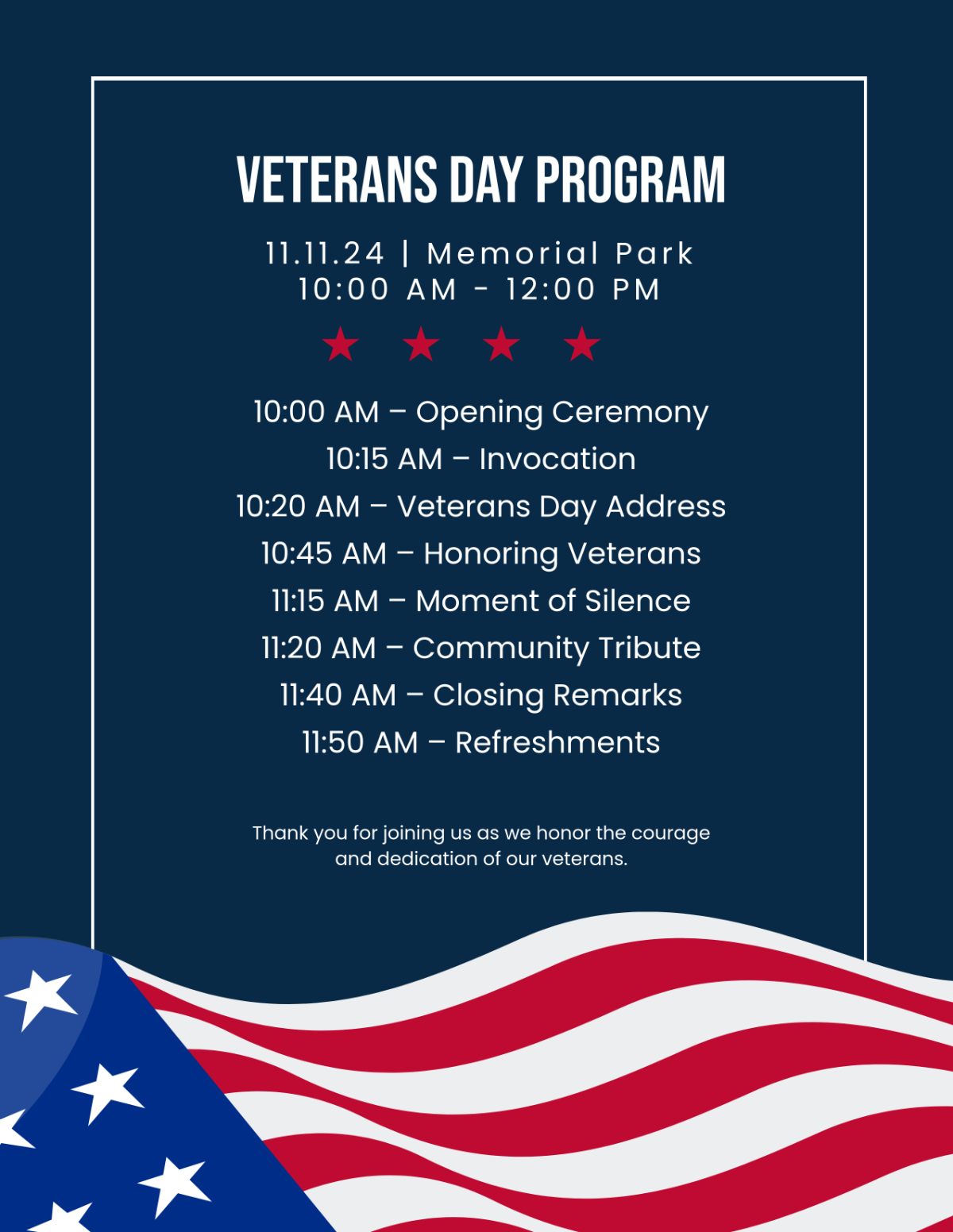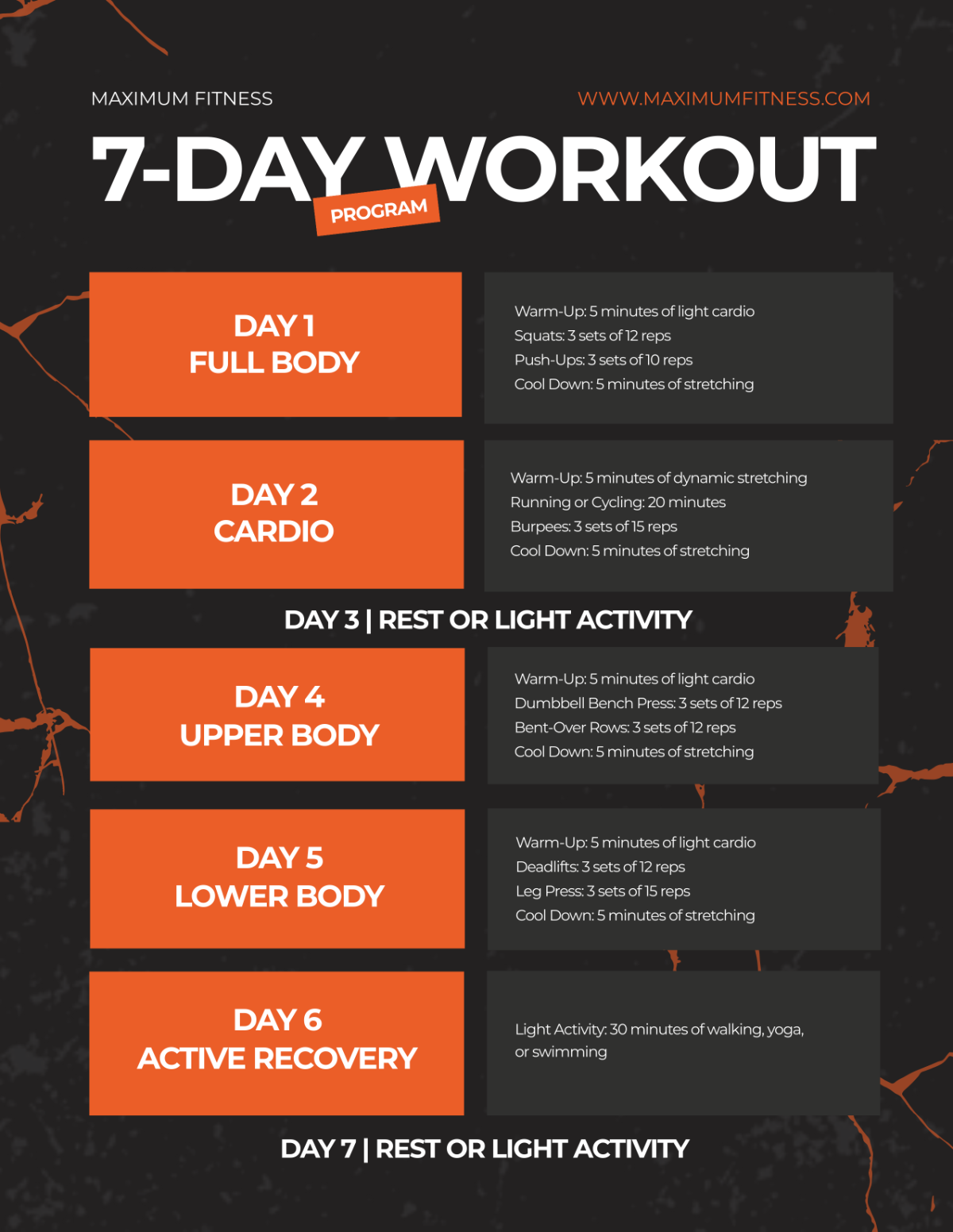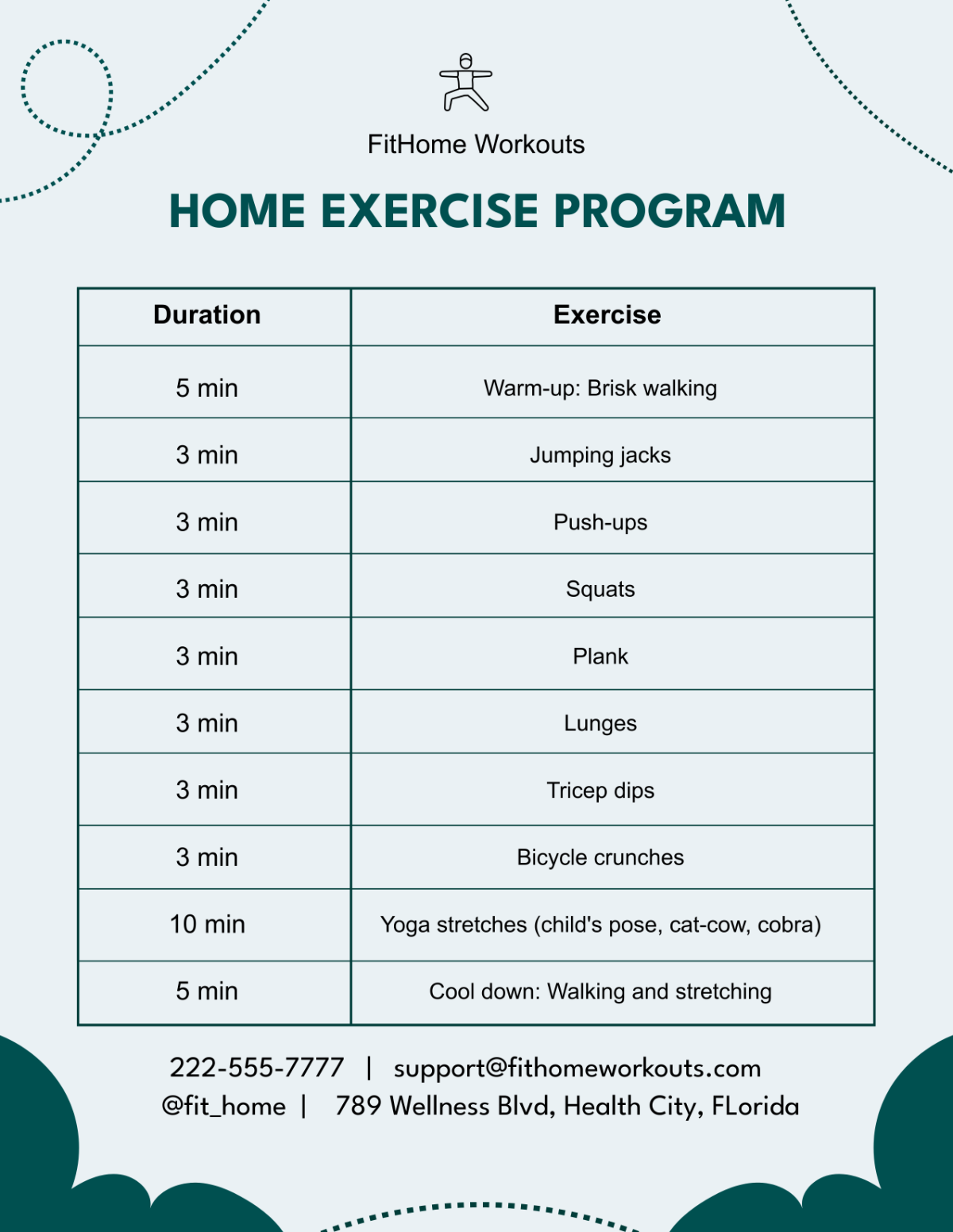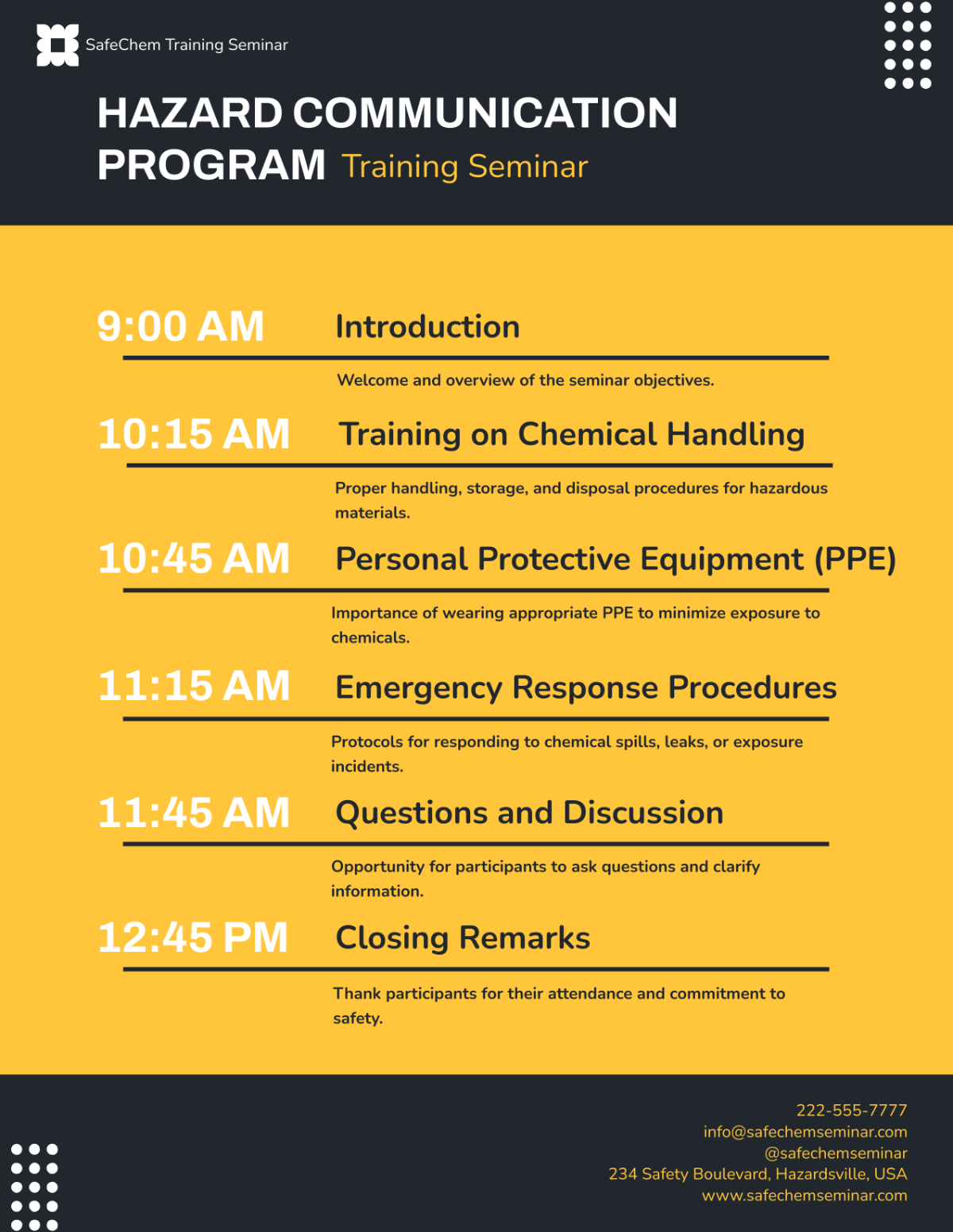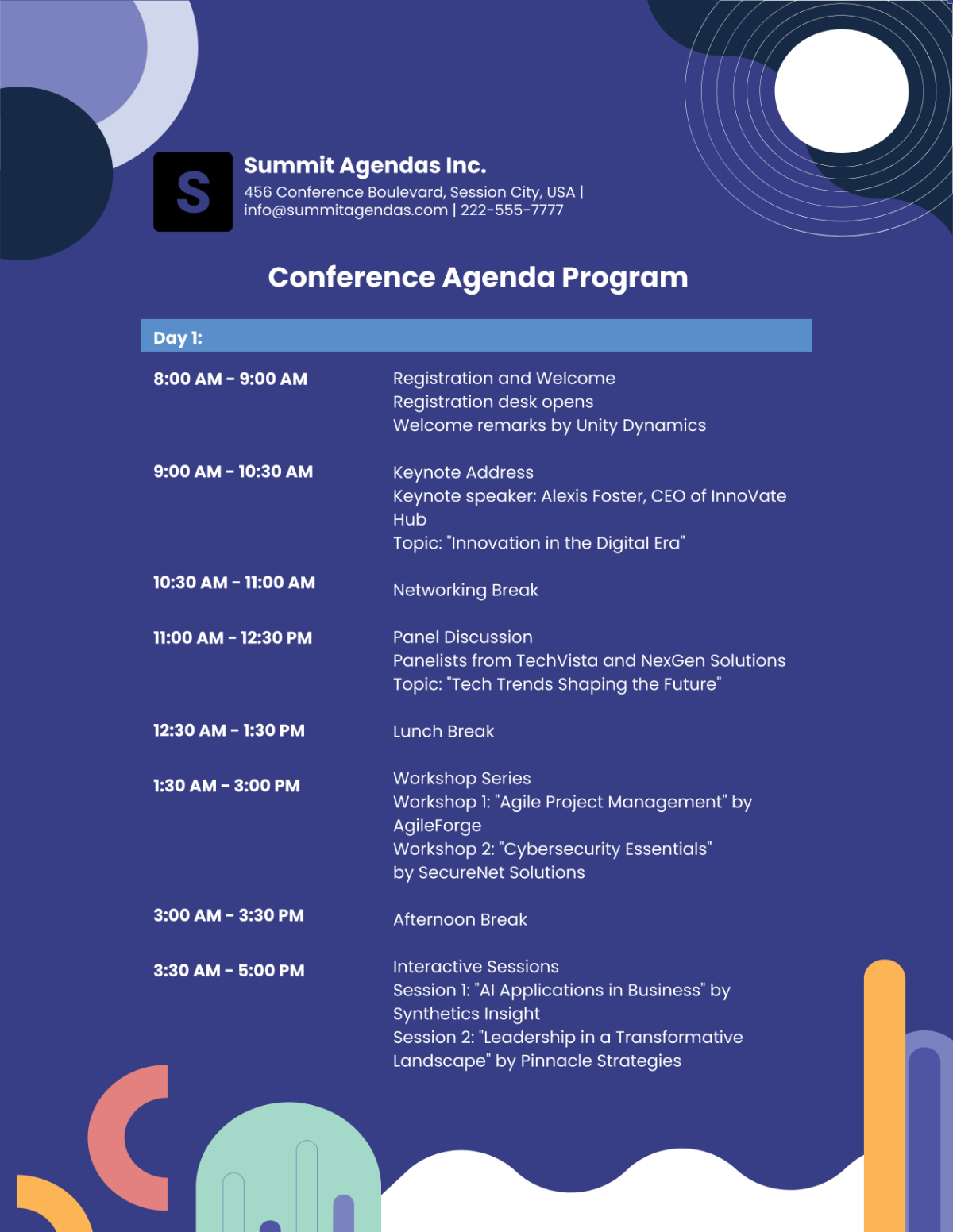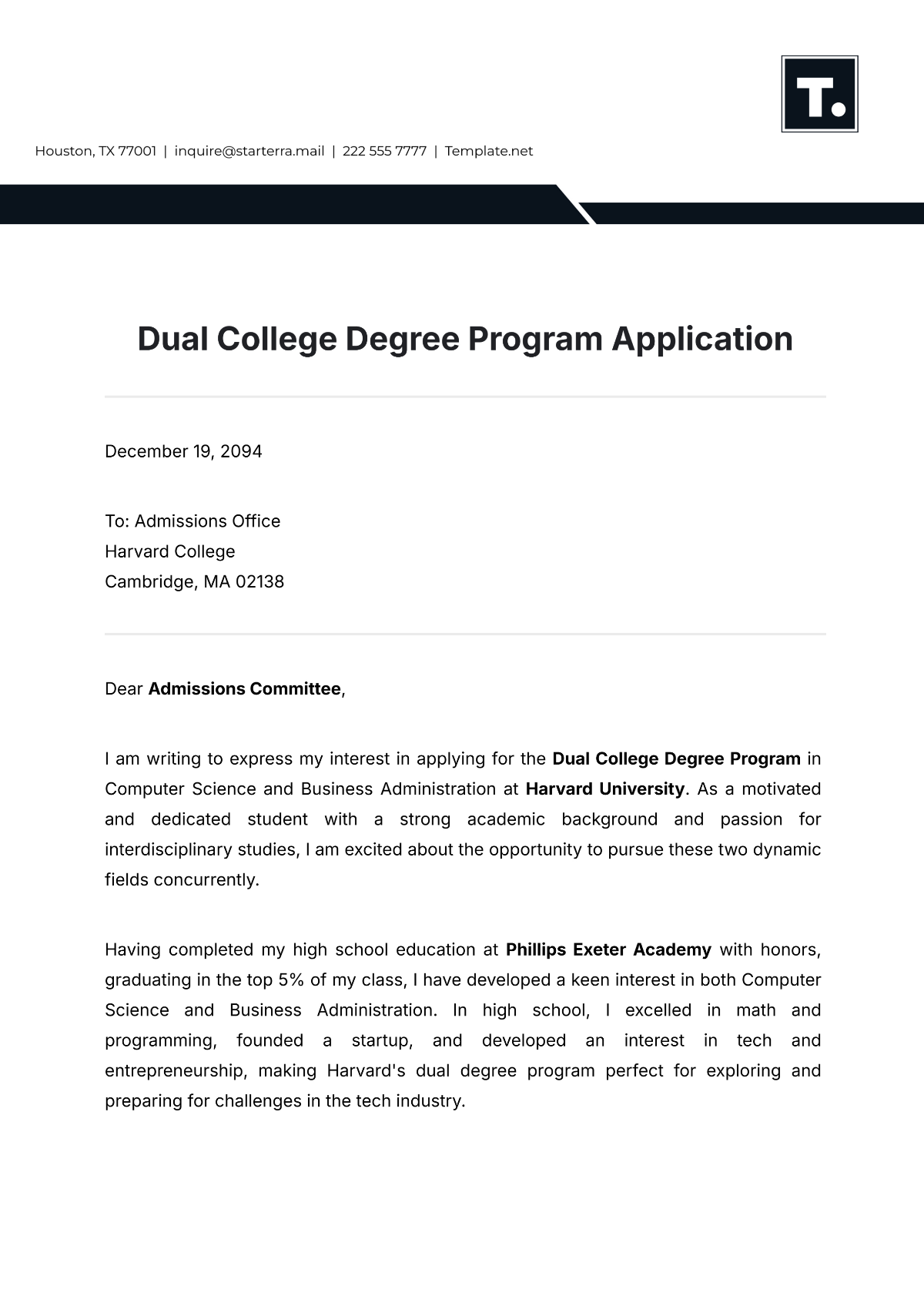Comprehensive PPE Program Analysis
Executive Summary
In this comprehensive analysis, we delve into the performance and efficacy of [Your Company Name]'s Personal Protective Equipment (PPE) program, which is integral to safeguarding the well-being of our employees. The program's success is underscored by several key findings:
A. Compliance Excellence
The PPE program at [Your Company Name] exhibits exceptional compliance rates, consistently surpassing the 95% benchmark. This commendable achievement reflects the dedication of our employees to their safety and the effectiveness of our program in ensuring adherence to safety protocols.
B. Training Effectiveness
Training initiatives within the PPE program have proven highly effective, with a remarkable training effectiveness rate of 98%. This success can be attributed to the comprehensive training modules and the commitment of our workforce to actively participate in these sessions.
C. Inventory Tracking Enhancement
While our PPE program excels in many aspects, there is room for improvement in inventory tracking. The analysis has identified opportunities to enhance accuracy and streamline inventory management processes, ensuring that the right PPE is always available when needed.
Introduction
A. Purpose and Importance
The safety and well-being of our employees are paramount at [Your Company Name]. The purpose of this analysis is to evaluate the performance of our PPE program comprehensively. It is vital to ensure that our program not only meets but exceeds regulatory requirements, providing a safe working environment for all employees.
B. Scope of Analysis
This analysis casts a wide net, encompassing every facet of our PPE program. It scrutinizes policies, training protocols, usage patterns, maintenance practices, and compliance levels. By examining these aspects in detail, we aim to identify areas of excellence and opportunities for enhancement.
C. Collaborative Approach
This analysis is a collaborative effort, involving input from various stakeholders within the organization. Engaging employees and management ensures that the evaluation is thorough and that the resulting recommendations align with our overarching commitment to safety and compliance.
PPE Program Overview
A. Program Goals and Objectives
At [Your Company Name], our PPE program is guided by clear goals and objectives, all of which prioritize the safety of our employees:
1. Goal: Safe Working Environment
Our primary goal is to provide a safe working environment where all employees feel secure and protected. This overarching objective underscores our commitment to ensuring that every worker returns home safely at the end of the day.
Objectives
Objective 1: Access to PPE: We ensure that every employee has easy access to the appropriate PPE required for their specific tasks and work conditions. This involves regular inventory checks and stock replenishment.
Objective 2: Comprehensive Training: To guarantee the effective use of PPE, we invest in comprehensive training and education programs. These programs equip employees with the knowledge and skills necessary for proper PPE usage.
Objective 3: Continuous Improvement: We believe in a culture of continuous improvement. Regular program assessments, feedback mechanisms, and compliance tracking enable us to evolve and enhance our PPE program continuously.
B. Program Structure
[Your Company Name]'s PPE program is structured to ensure that safety remains a top priority. Key components of the program include:
PPE Coordinator
Name: [Your Name]
Contact: [Your Company Email]
Location: [Your Company Address]
Phone: [Your Company Number]
Website: [Your Company Website]
Our dedicated PPE Coordinator oversees the day-to-day management of the program, ensuring that all aspects are executed seamlessly.
Data and Analysis
A. PPE Usage Data
To evaluate the effectiveness of our PPE program, we rely on concrete data and analysis:
1. Employee Statistics
Total number of employees: | 500 |
Number of employees using PPE: | 480 |
PPE compliance rate: | 96% |
PPE Usage Breakdown by Department
Department | Total Employees | PPE Users | Compliance Rate |
Production | 250 | 240 | 96% |
Maintenance | 150 | 145 | 97% |
Administration | 100 | 95 | 95% |
These statistics provide a clear picture of PPE utilization across various departments, highlighting areas of success and opportunities for improvement.
B. Training and Education
Our investment in employee training is a critical element of our PPE program's success:
Total training sessions | 20 |
Employees trained: | 480 |
Training effectiveness rate: | 98% |
These numbers showcase the commitment of our employees to participate in training programs and the high effectiveness of these sessions in instilling best practices.
C. Maintenance and Replacement
The longevity and reliability of PPE are essential for employee safety:
PPE replacement rate: | 10% |
Average PPE lifespan: | 12 months |
Implementation Plan
A. Inventory Tracking System Implementation
The successful implementation of a digital inventory tracking system for our PPE is crucial to enhancing our program. We propose the following plan:
1. Phase 1: Needs Assessment
Identify the specific requirements for the tracking system, including hardware, software, and training needs.
Conduct a cost-benefit analysis to determine the financial feasibility.
Phase 2: System Selection
Collaborate with reputable vendors to select the most suitable digital tracking system.
Ensure the chosen system aligns with our unique inventory management needs.
Phase 3: Pilot Testing
Conduct a pilot test of the system in a controlled environment to iron out any issues.
Gather feedback from the pilot group to make necessary adjustments.
Phase 4: Full Implementation
Roll out the system across all relevant departments and locations.
Train employees on using the system effectively.
5. Phase 5: Continuous Improvement
Establish a process for ongoing system maintenance and improvements.
Monitor the system's performance and collect user feedback for further enhancements.
B. Training Program Enhancement
To enhance our training programs, we propose the following implementation plan:
1. Phase 1: Training Content Revision
Review existing training materials and identify gaps.
Develop new training modules with real-world scenarios and practical exercises.
Phase 2: Trainer Development
Train our trainers to effectively deliver the enhanced training content.
Ensure that trainers are well-versed in the new materials and methodologies.
Phase 3: Rollout
Launch the updated training program for all employees.
Schedule regular refresher training sessions and ensure all employees attend.
4. Phase 4: Monitoring and Feedback
Continuously monitor the effectiveness of the training program.
Collect feedback from participants and make improvements as necessary.
Future Outlook
A. Sustainability Initiatives
As we look to the future, sustainability remains a key focus for [Your Company Name]. Our commitment to using eco-friendly PPE materials aligns with our broader sustainability initiatives. Here's how we plan to integrate sustainability into our PPE program:
Research and Development: Invest in research and development efforts to identify innovative, sustainable materials that meet safety standards.
Supplier Collaboration: Forge partnerships with suppliers who share our commitment to sustainability, ensuring a steady supply of eco-friendly PPE.
Employee Engagement: Promote sustainability awareness among employees by highlighting the environmental benefits of using eco-friendly PPE.
B. Ongoing Program Evaluation
Our dedication to safety and continuous improvement extends into the future. We will maintain a vigilant eye on our PPE program's performance through:
Regular Audits: Conduct scheduled audits to assess program compliance and identify areas for enhancement.
KPI Tracking: Monitor key performance indicators (KPIs) to measure the effectiveness of the program and track progress over time.
Transparency: Maintain transparent reporting practices, sharing program performance reports with employees to foster their engagement in safety initiatives.
Recommendations
A. Implement Digital Inventory Tracking
To address the opportunity for inventory tracking enhancement, we recommend the implementation of a digital tracking system for PPE. This system would bring several benefits:
Real-time Monitoring: A digital system allows us to monitor PPE inventory in real time, enabling prompt replenishment when stocks run low.
Data Accuracy: It eliminates manual data entry errors, ensuring accurate records of PPE items in stock and in use.
Forecasting: By analyzing usage trends, the system can provide forecasting insights, helping us anticipate PPE needs more effectively.
Efficiency: It streamlines the inventory management process, saving time and resources that can be redirected toward other safety initiatives.
B. Enhanced Training Programs
To further bolster our PPE program, we recommend enhancing our training programs in the following ways:
Real-world Scenarios: Incorporate real-world scenarios into training modules to make them more practical and relatable for employees. This approach will ensure that employees not only understand the theory but can also apply it effectively in their daily tasks.
Regular Refresher Training: Implement a schedule for regular refresher training sessions to reinforce PPE best practices and ensure long-term compliance.
C. Regular PPE Inspections
To maintain the quality and reliability of our PPE, we recommend the introduction of regular PPE inspections:
Scheduled Inspections: Conduct scheduled inspections of all PPE items to identify wear and tear, damage, or defects.
Maintenance Records: Maintain detailed maintenance records for each PPE item, documenting inspections, repairs, and replacements.
Employee Involvement: Involve employees in the inspection process, encouraging them to report any concerns promptly.
D. Sustainable Materials
In line with our commitment to sustainability, we recommend exploring options for sustainable and eco-friendly PPE materials:
Research and Development: Invest in research and development efforts to identify eco-friendly materials that meet safety standards.
Supplier Collaboration: Collaborate with suppliers to source PPE made from sustainable materials.
Employee Awareness: Raise employee awareness about the importance of using sustainable PPE and its environmental benefits.
E. Monitoring and Reporting
To ensure the continued success of our PPE program, we recommend the following monitoring and reporting practices:
Regular Audits: Conduct regular audits of the PPE program to assess compliance and identify areas for improvement.
Performance Metrics: Establish key performance indicators (KPIs) to measure the program's effectiveness and track progress over time.
Transparent Reporting: Share program performance reports with employees to maintain transparency and encourage their involvement in safety initiatives.










